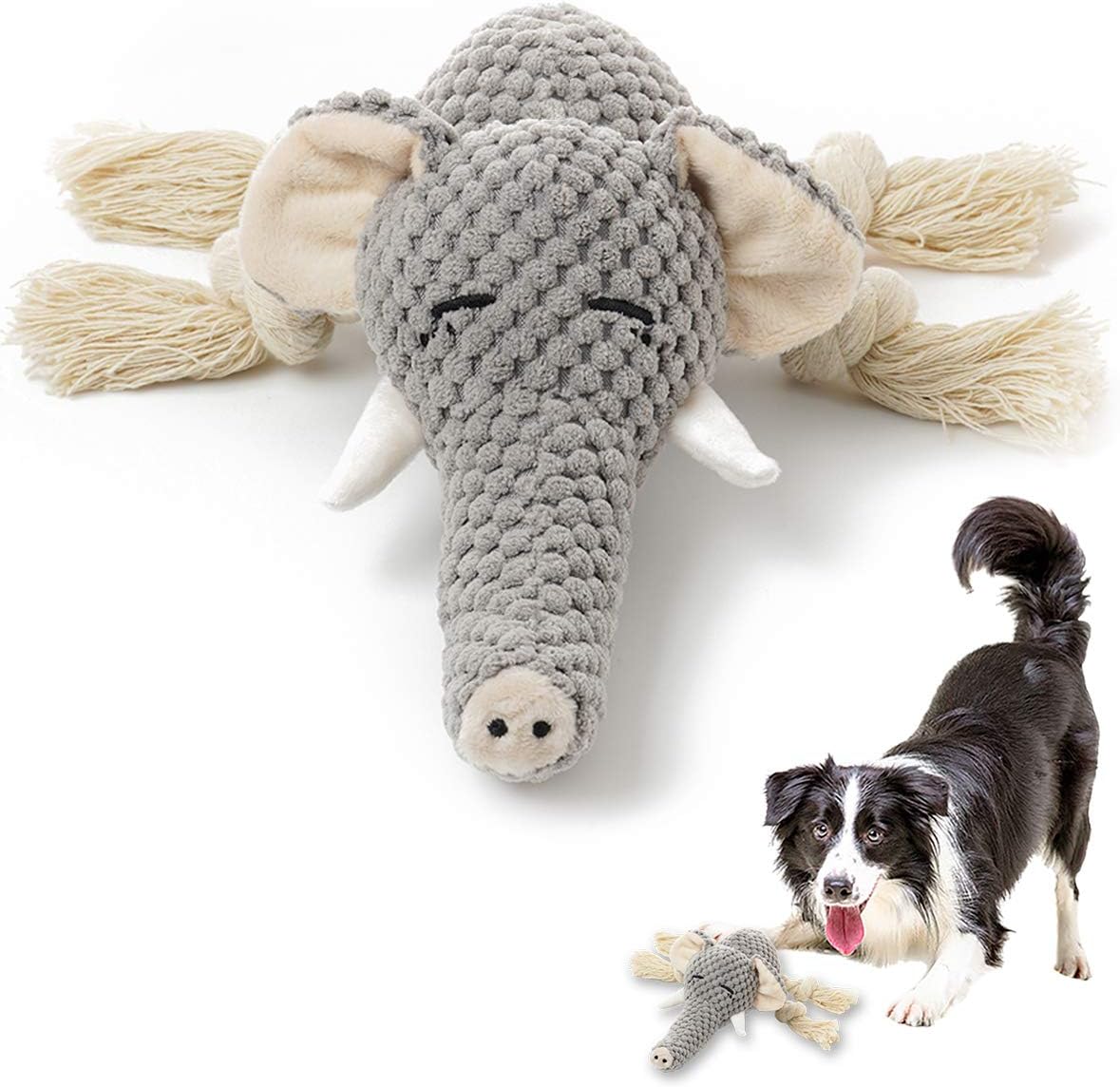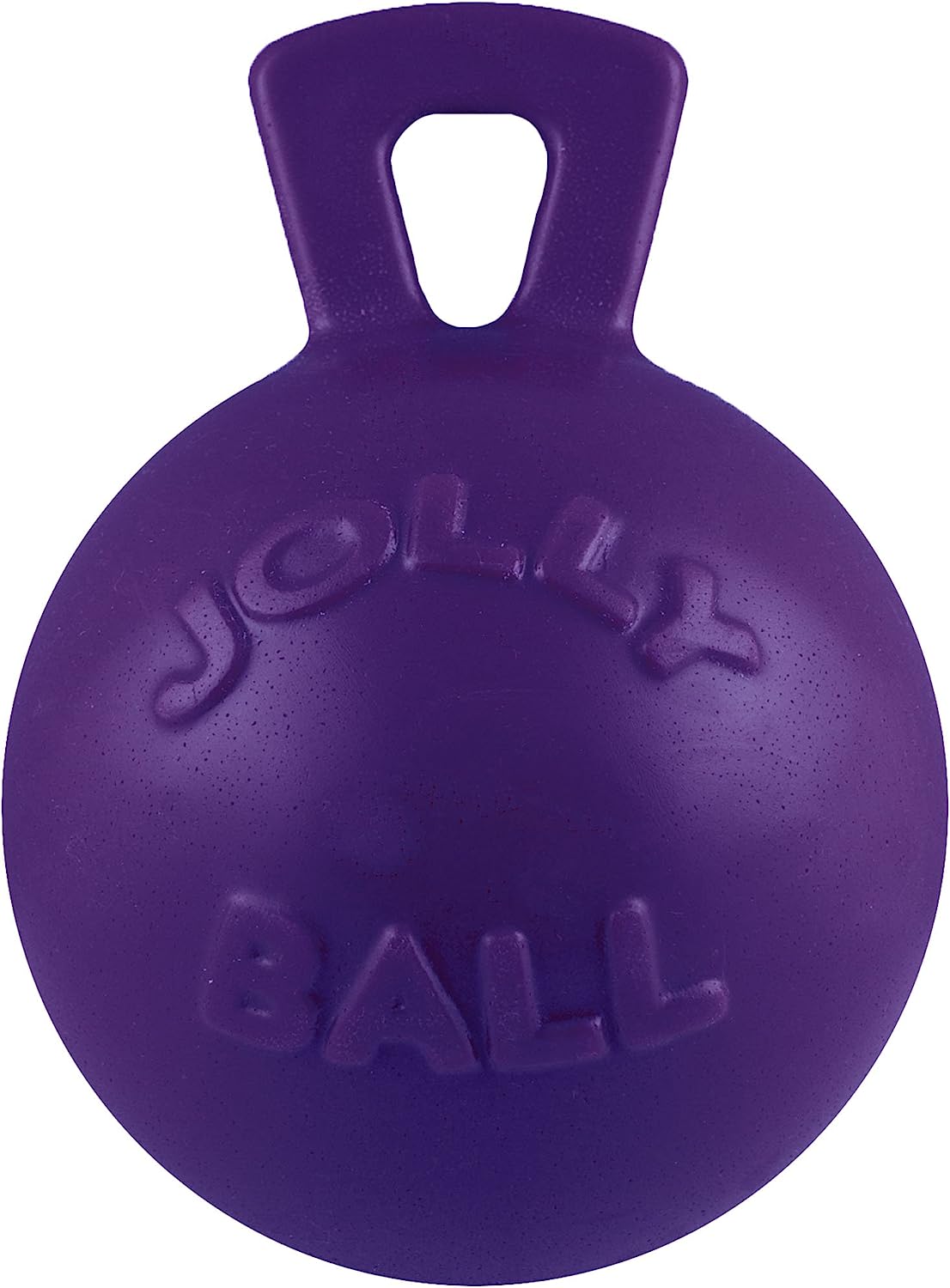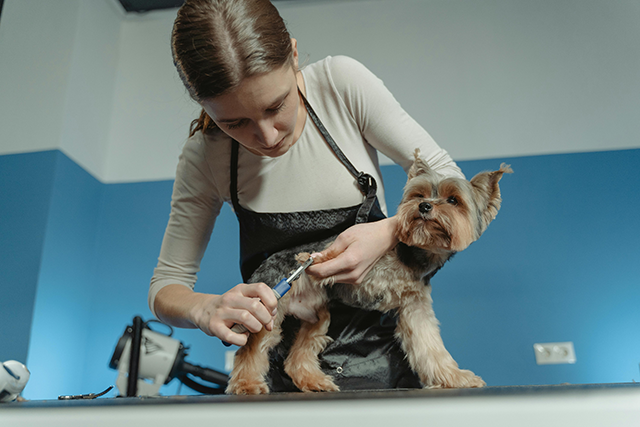Finding a new home for a furry family member is no small task—it’s a decision filled with love, care, and consideration. Whether your lifestyle has changed or you’re facing challenges that make it difficult to provide the best care for your dog, rehoming might be the most compassionate choice.
It’s all about ensuring your beloved pup finds a loving environment that suits their needs and allows them to thrive. In this guide, we’ll walk through the steps to rehome your dog thoughtfully and responsibly, ensuring the transition is as smooth and stress-free as possible for you and your furry friend.
Can You Rehome Your Dog?
Absolutely. Rehoming your dog is a viable option when you find yourself unable to continue providing the care, attention, and environment your dog needs to live a happy, healthy life. It’s a selfless act that prioritizes the well-being of your furry friend above all else.
Reasons for rehoming can vary widely, from personal lifestyle changes like relocation or a new job with demanding hours to more direct issues affecting the dog’s happiness, such as a lack of suitable space or an environment that’s not pet-friendly. Health issues, either with the owner or the dog that prevent the continuation of adequate care are also common reasons.
Each scenario underscores the importance of finding a new home where dogs can receive the love, attention, and care they deserve.
What is The Best Age to Rehome a Dog?
When considering rehoming a dog, there’s often a question about the best age to do so. The truth is that dogs of all ages can adapt to new environments and form strong bonds with new families. However, younger dogs, particularly puppies, tend to adjust quickly to new situations and environments due to their developmental stages and inherent adaptability. This doesn’t mean older dogs can’t be successfully rehomed; it simply might require a little extra patience and effort from the new owners to help them adjust.
The key is ensuring the new home is prepared to meet the specific needs of the dog at any age, whether it’s through training, socialization, or addressing any health concerns. The success of rehoming a dog at any age largely depends on the compatibility between the dog and the new family’s lifestyle, as well as the amount of love and patience provided during the transition.
How Do You Deal with Rehoming a Dog?
Dealing with the emotional and practical aspects of rehoming a dog can be challenging. Here are several tips to help ensure a smoother transition for you and your furry friend:
- Start with a Goodbye Ritual: Create a special day or moment to say goodbye. This helps with closure and allows you to express your love and wishes for their happiness in their new home.
- Prepare a Detailed Care Package: Include your dog’s favorite toys, bed, blanket, and any other items that provide comfort. Also, prepare a care package for the new owner that includes veterinary records, dietary needs, and routines to help them better understand your dog’s needs.
- Stay Positive: Dogs can sense our emotions, so it’s important to stay positive and calm during the transition. This will help your dog feel more secure and less anxious about the change.
- Keep in Touch: If possible, arrange with the new owner to receive updates or schedule a visit. Knowing your dog is happy and well cared for can provide immense peace of mind.
- Take Time to Grieve: It’s okay to feel sad or grieve the loss of your companion. Allow yourself time to process these emotions and seek support from friends, family, or support groups who understand what you’re going through.
- Celebrate the Good Times: Create a photo album or keepsake box of your favorite moments together. Celebrating the joy your dog brought to your life can be a comforting reminder of the love you shared.
- Focus on the Positive Outcome: Remind yourself that rehoming is a decision made out of love and care for your dog’s well-being. Knowing they are in a loving environment where they can thrive is a testament to your commitment to their happiness.
How Long Does it Take for a Dog to Get Used to a New Family?
Adjusting to a new family can vary significantly from one dog to another, typically ranging from a few days to several months. The key factors influencing this period include the dog’s age, temperament, past experiences, and the new family’s approach to helping the dog adjust. To streamline this transition and build a strong bond, here are several tips for the new family:
- Establish a Routine: Dogs thrive on routine. Consistently feeding, walking, and playing with your new family member at the same time each day can provide a sense of security.
- Provide Comfortable Spaces: Equip your home with comforting items for your new dog. The Bedsure Orthopedic Pet Bed offers a cozy and supportive space for rest, featuring high-density foam for joint support and a waterproof liner for accidental spills.
- Engage in Play: Interactive toys like the KOL Plush Squeaky Interactive Puppy Dog Toys can significantly aid in easing your dog into their new environment. The crinkle paper and squeaky sounds stimulate their curiosity and play instincts, creating a fun and engaging way to bond.
- Encourage Positive Interactions: Reward calm, non-aggressive behaviors with treats or affection to reinforce these behaviors.
- Patience is Key: Understand that this adjustment period is temporary. Showing patience and kindness as your dog learns about their new home will strengthen your bond over time.
- Keep Training Consistent: Use positive reinforcement methods to teach your dog new commands and rules within the household.
The Jolly Pets Tug-n-Toss Heavy Duty Dog Toy Ball is also an excellent addition to your playtime arsenal. It promotes physical exercise and mental stimulation, which can significantly help a dog adjust to a new home by reducing anxiety and improving its mood.
Will My Dog Remember Me After 5 Years?
Dogs have impressive memories of their people. Many studies and anecdotes suggest that dogs can remember their previous owners and significant humans in their lives, even after prolonged periods apart. Their memory isn’t just based on visual recognition; dogs remember through a combination of scents, sounds, and emotional bonds.
After 5 years, your dog may initially show signs of uncertainty, but once they pick up on a familiar scent or voice, they’ll likely remember you. The bond formed between dogs and their owners is strong and can leave a lasting impression, making reunions after years apart both possible and often very touching. Each dog is unique, so their response might vary, but the capacity for long-term memory is certainly there.
The Journey of Change with Compassion and Understanding
Rehoming a dog is undeniably a profound and heart-touching decision, embodying both the challenges of change and the resilience of love. It underscores the poignant realities of pet ownership, the depths of our emotional bonds with our pets, and the remarkable adaptability of our canine companions. Whether you’re making the difficult choice to rehome your dog, welcoming a new family member into your life, or reconnecting with a dog after years apart, the guiding principles remain the same—compassion, patience, and understanding.
By focusing on the well-being and happiness of our furry friends, we ensure that the essence of the bond, built on love and mutual respect, endures through every season of life. The steps you take today toward ensuring a positive outcome for your dog rehome reflect a deep commitment to their overall happiness and well-being—a true act of love that they will surely never forget.
Jessica is a veterinary medicine student who is passionate about animals. Living with her cherished dog, Milo, deepens her understanding of the human-animal connection, enhancing her empathy as a future veterinarian.
Jessica’s concise articles reflect her dedication to improving the lives of animals and those who care for them, making her an inspiring figure in the pet care field.







